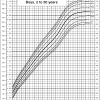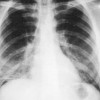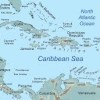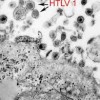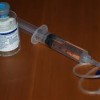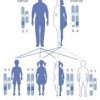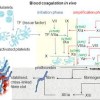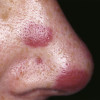HIV and hemophilic children’s growth
Abstract
The acquired immune deficiency syndrome (AIDS) often has profound effects on growth; however, the effects of human immunodeficiency virus (HIV) on asymptomatic children’s growth are unknown. Before heat inactivation/HIV donor screening of factor concentrates, many hemophilic children became infected with HIV.… Read more
